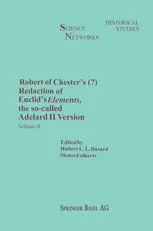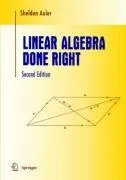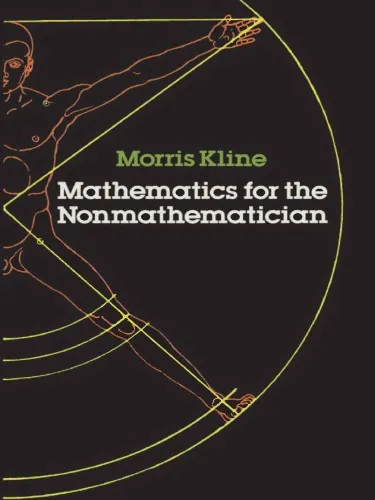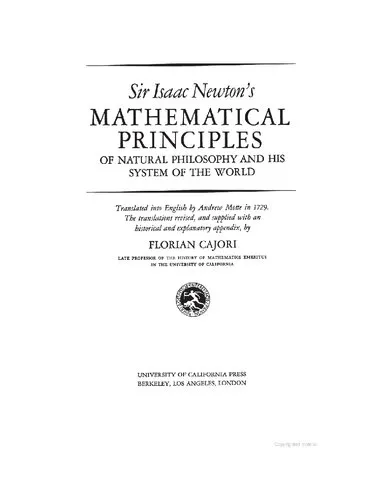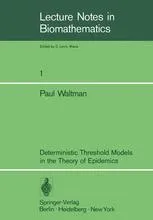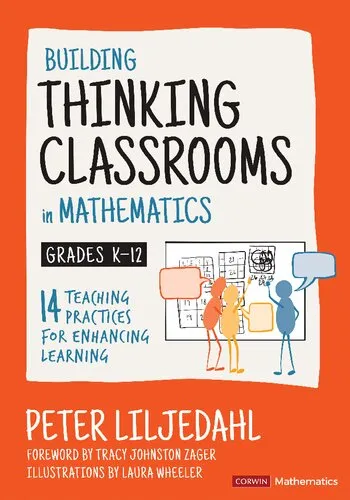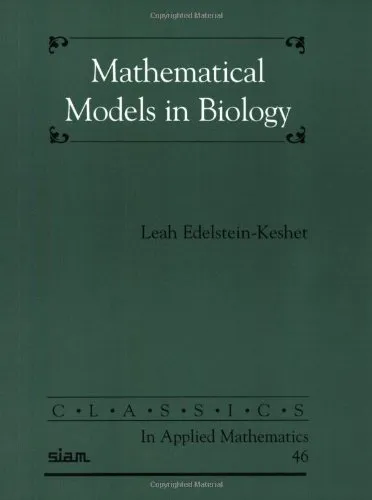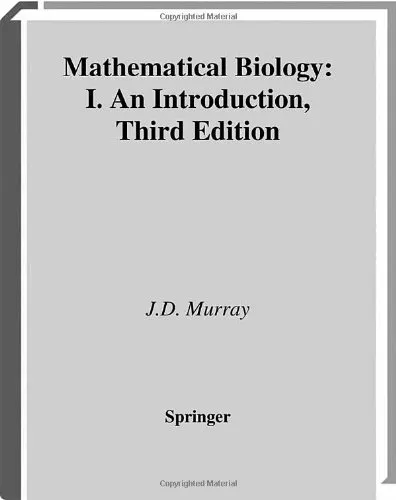Quantitative Mathematical Models in Radiation Biology: Proceedings of the Symposium at Schloss Rauisch-Holzhausen, FRG, July 1987
3.5
Reviews from our users

You Can Ask your questions from this book's AI after Login
Each download or ask from book AI costs 2 points. To earn more free points, please visit the Points Guide Page and complete some valuable actions.Related Refrences:
Introduction to "Quantitative Mathematical Models in Radiation Biology"
The book "Quantitative Mathematical Models in Radiation Biology: Proceedings of the Symposium at Schloss Rauisch-Holzhausen, FRG, July 1987" is a rich compilation of advanced research and discussions in the field of radiation biology, centered on the application of quantitative mathematical models. This book provides a robust platform where theoretical frameworks meet experimental analysis, fostering a deeper understanding of biological responses to radiation. By bringing together renowned experts and innovative ideas, it offers a precise, interdisciplinary perspective on a rapidly evolving field that has a tremendous impact on medicine, oncology, radiology, and even environmental sciences.
The symposium at Schloss Rauisch-Holzhausen served as a think tank for some of the brightest minds in science, bridging the gap between mathematics and biology. This book not only represents a documentation of the event but also serves as a standalone reference that delves into how mathematical models can elucidate complex biological mechanisms under radiation. Such models are essential for describing DNA damage, cellular repair dynamics, dose-response relationships, and risk assessments. As a result, this volume has systemic relevance for both researchers and practitioners.
Detailed Summary of the Book
"Quantitative Mathematical Models in Radiation Biology" begins by addressing the fundamental principles underpinning radiation interactions with biological systems. Early chapters focus on the physical aspects of radiation and the stochastic nature of DNA damage, seamlessly connecting these to biological outcomes. This foundational treatment sets the stage for more advanced discussions on mathematical modeling.
The proceedings delve into diverse topics, from cellular-level dose-response models to tissue and organism-level radiation effects. Key contributions explore mathematical techniques such as Monte Carlo simulations, differential equations, and statistical modeling to predict biological responses. The symposium emphasized integrating these models into frameworks that could account for non-linearities, repair mechanisms, cell cycle effects, and population heterogeneity.
Importantly, the book doesn't shy away from pressing challenges. Multiple chapters confront the inherent uncertainties of modeling, such as parameter sensitivities, experimental variability, and the limitations of scaling results to humans. Many discussions are forward-looking, exploring how these models could evolve further with the advent of modern computing technologies.
Ultimately, this book represents a landmark collaboration between experimental biologists, theoretical physicists, applied mathematicians, and healthcare specialists. Each contributed chapter offers insights into how mathematical rigor can address real-world biological and medical questions.
Key Takeaways
- Mathematical models are indispensable for decoding the biological effects of radiation, particularly in applications like radiation therapy and safety protocols.
- Quantitative models reduce uncertainty in biological predictions by offering logical, testable frameworks.
- Complex biological behaviors, including DNA repair and cellular response to radiation, can be effectively described using advanced computational methods.
- Multidisciplinary collaboration is essential; bridging gaps between theory, experimentation, and practical applications leads to groundbreaking progress.
Famous Quotes from the Book
"Radiation biology is shaped not just by experiments but by the models that interpret them—bridging science and mathematics to illuminate the unknown."
"Mathematical models serve as our windows into the unseen processes of radiation biology, enabling predictions far beyond experimental reach."
Why This Book Matters
As radiation biology continues to influence crucial domains such as cancer therapy, radiological protection, and ecological safety, this book serves as a pioneering text that combines theoretical and practical perspectives. It underscores the necessity of computational approaches for interpreting biological phenomena, particularly as they grow in complexity.
Moreover, it remains a timeless resource for academics and practitioners alike due to its exhaustive treatment of radiation-matter interactions and the biological implications therein. Its relevance is amplified in the context of personalized medicine and advances in technology, where it provides a bedrock for developing more accurate predictive models.
For students and seasoned researchers in mathematics, biology, and physics, this book represents an invaluable addition to their knowledge base. It empowers readers to appreciate the interdisciplinary nature of science, highlighting challenges and inspiring solutions. By presenting a well-rounded repertoire of ideas and techniques, the text remains foundational for anyone looking to contribute meaningfully to radiation biology or related fields.
Free Direct Download
You Can Download this book after Login
Accessing books through legal platforms and public libraries not only supports the rights of authors and publishers but also contributes to the sustainability of reading culture. Before downloading, please take a moment to consider these options.
Find this book on other platforms:
WorldCat helps you find books in libraries worldwide.
See ratings, reviews, and discussions on Goodreads.
Find and buy rare or used books on AbeBooks.
1184
بازدید3.5
امتیاز0
نظر98%
رضایتReviews:
3.5
Based on 0 users review
Questions & Answers
Ask questions about this book or help others by answering
No questions yet. Be the first to ask!


